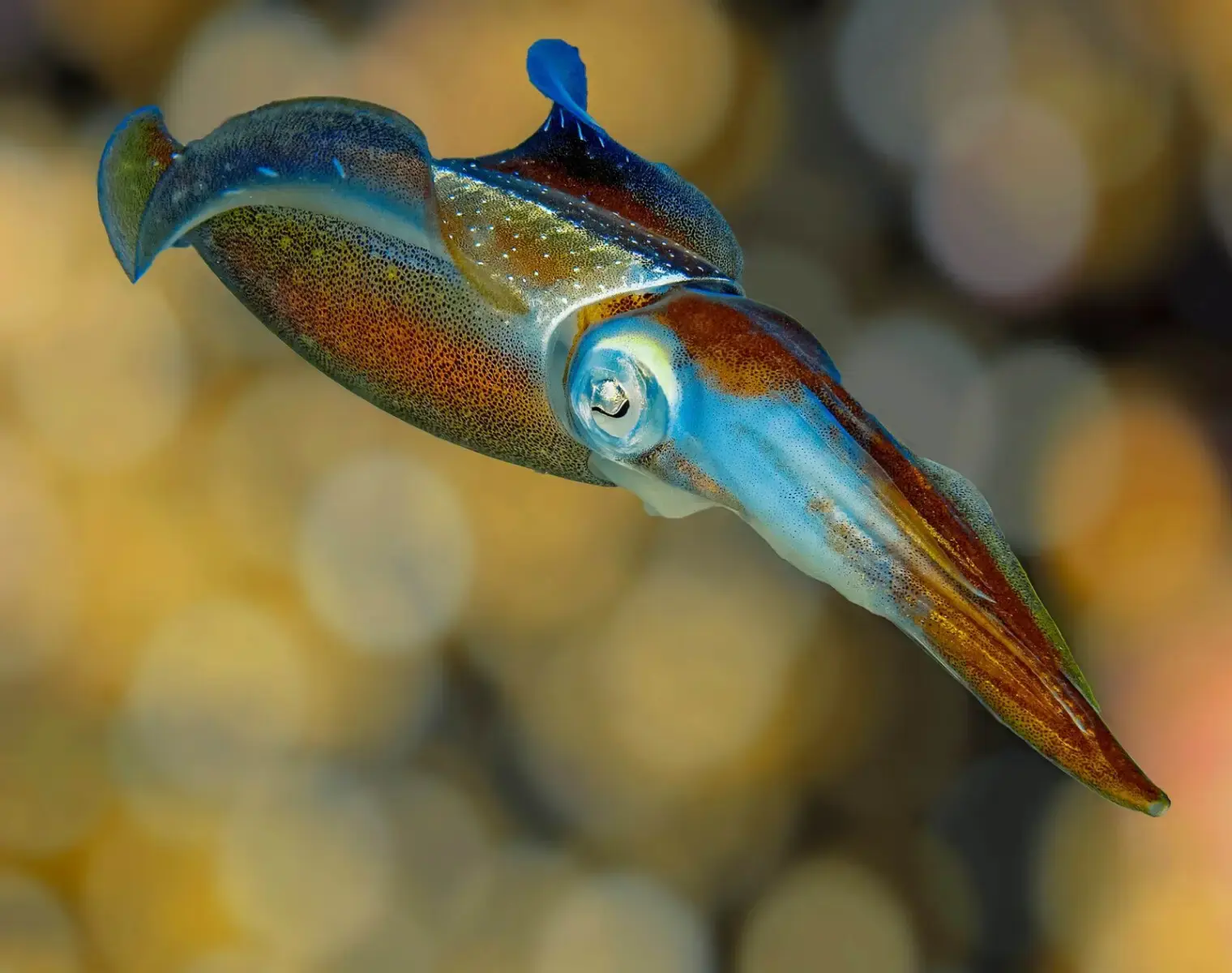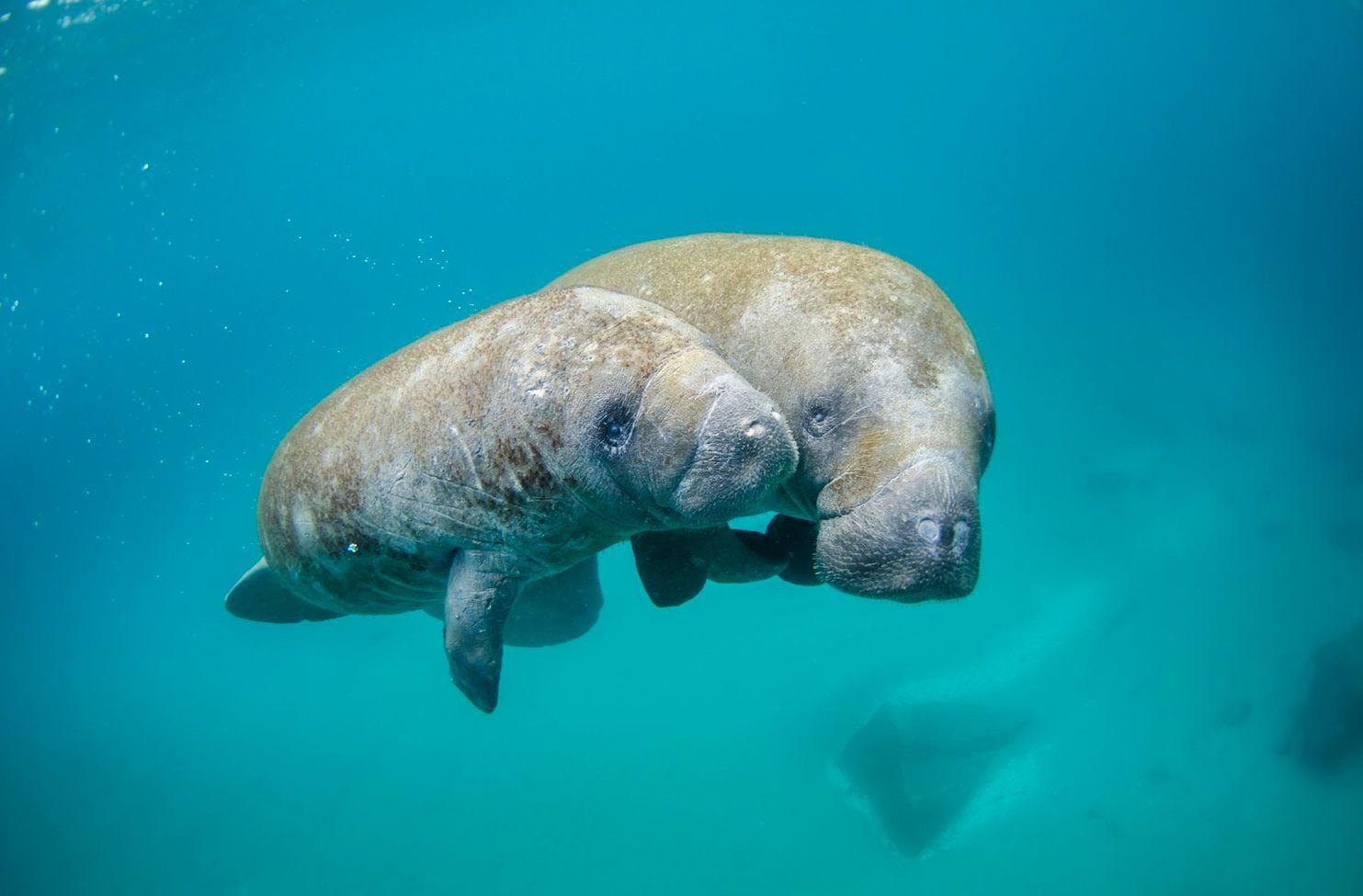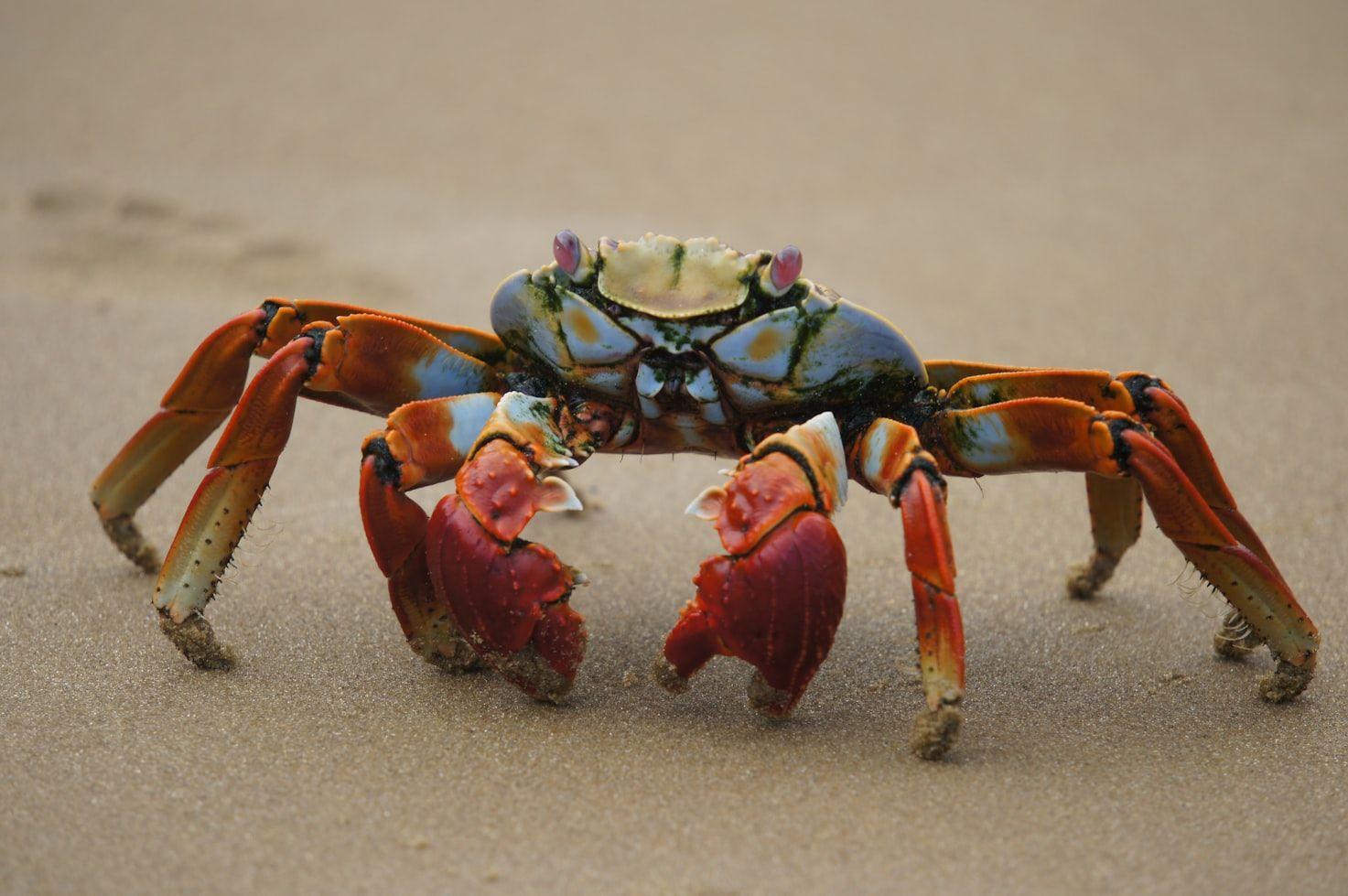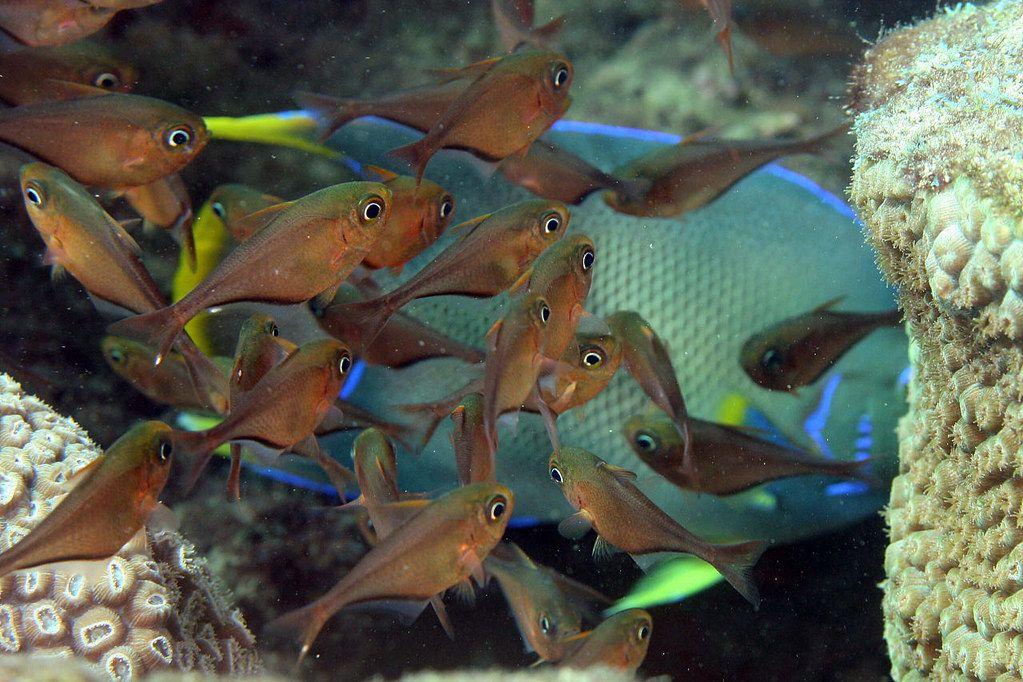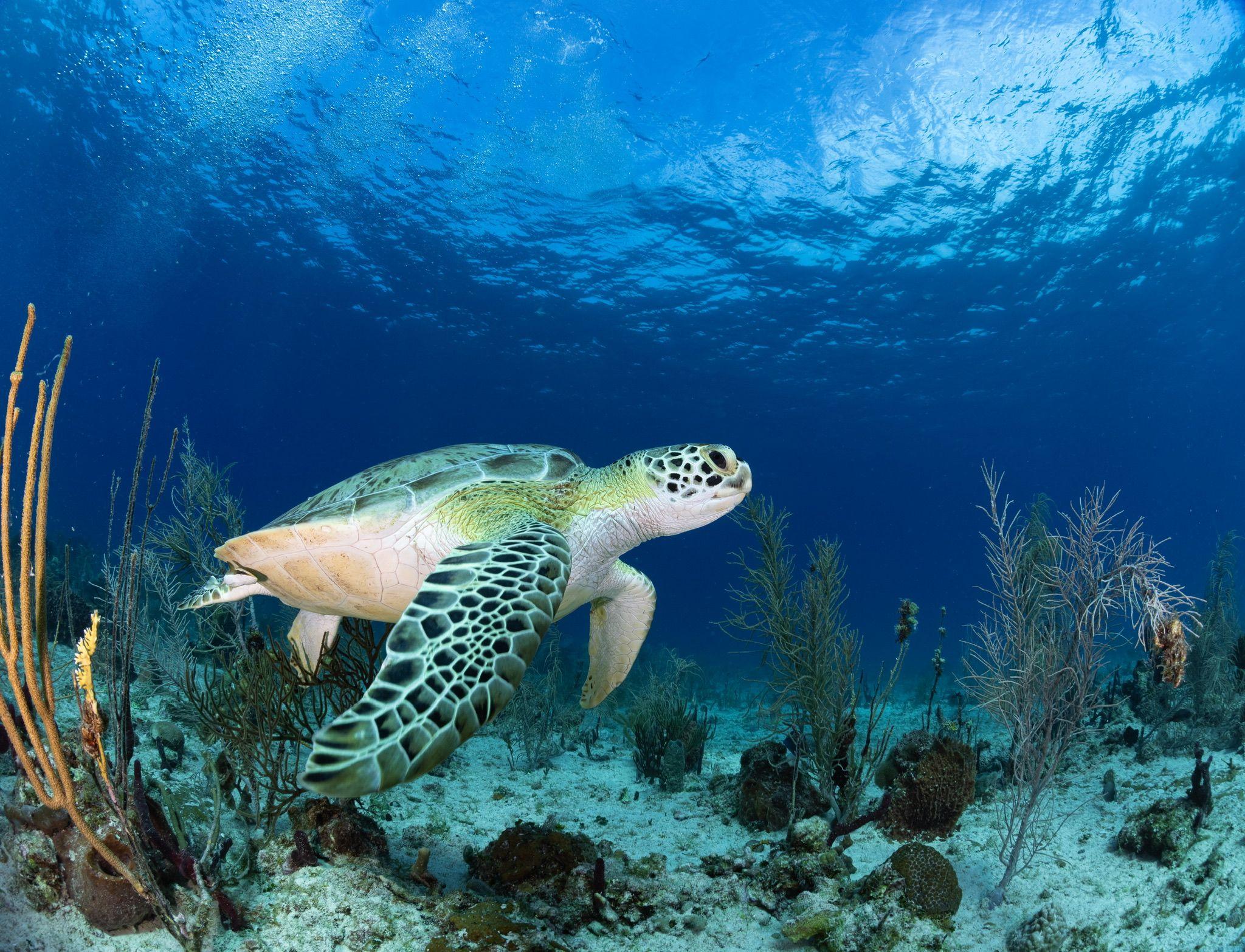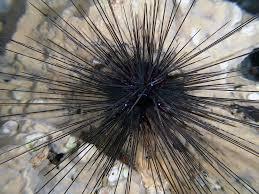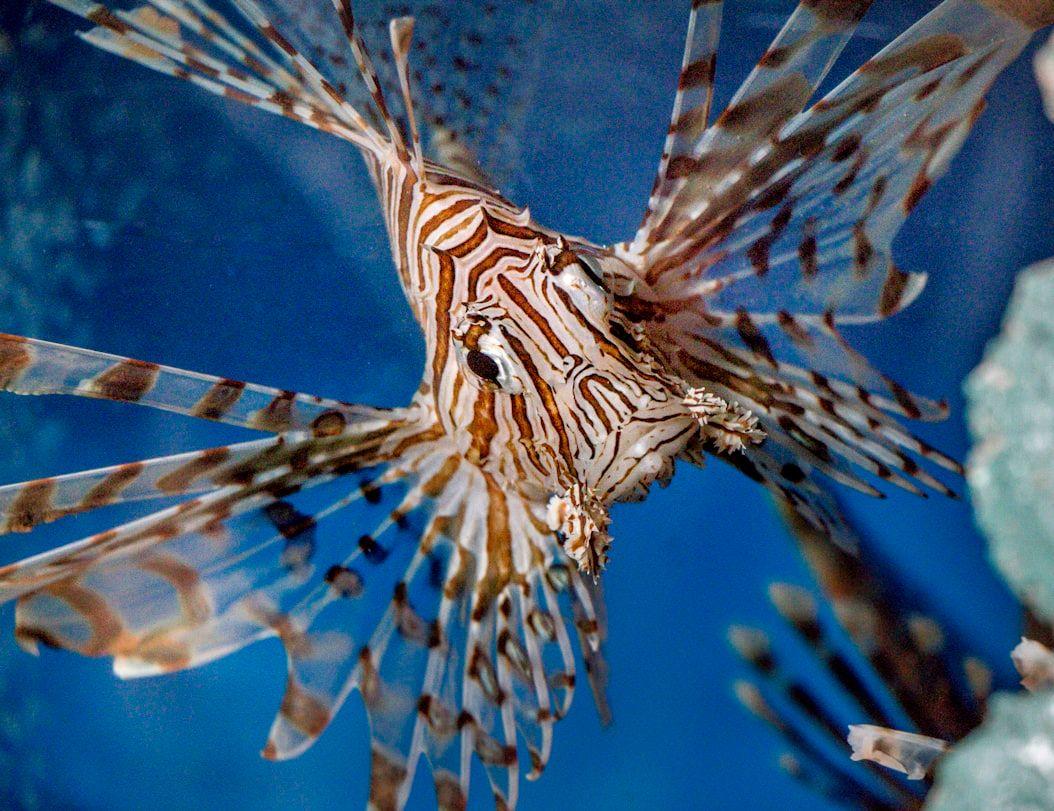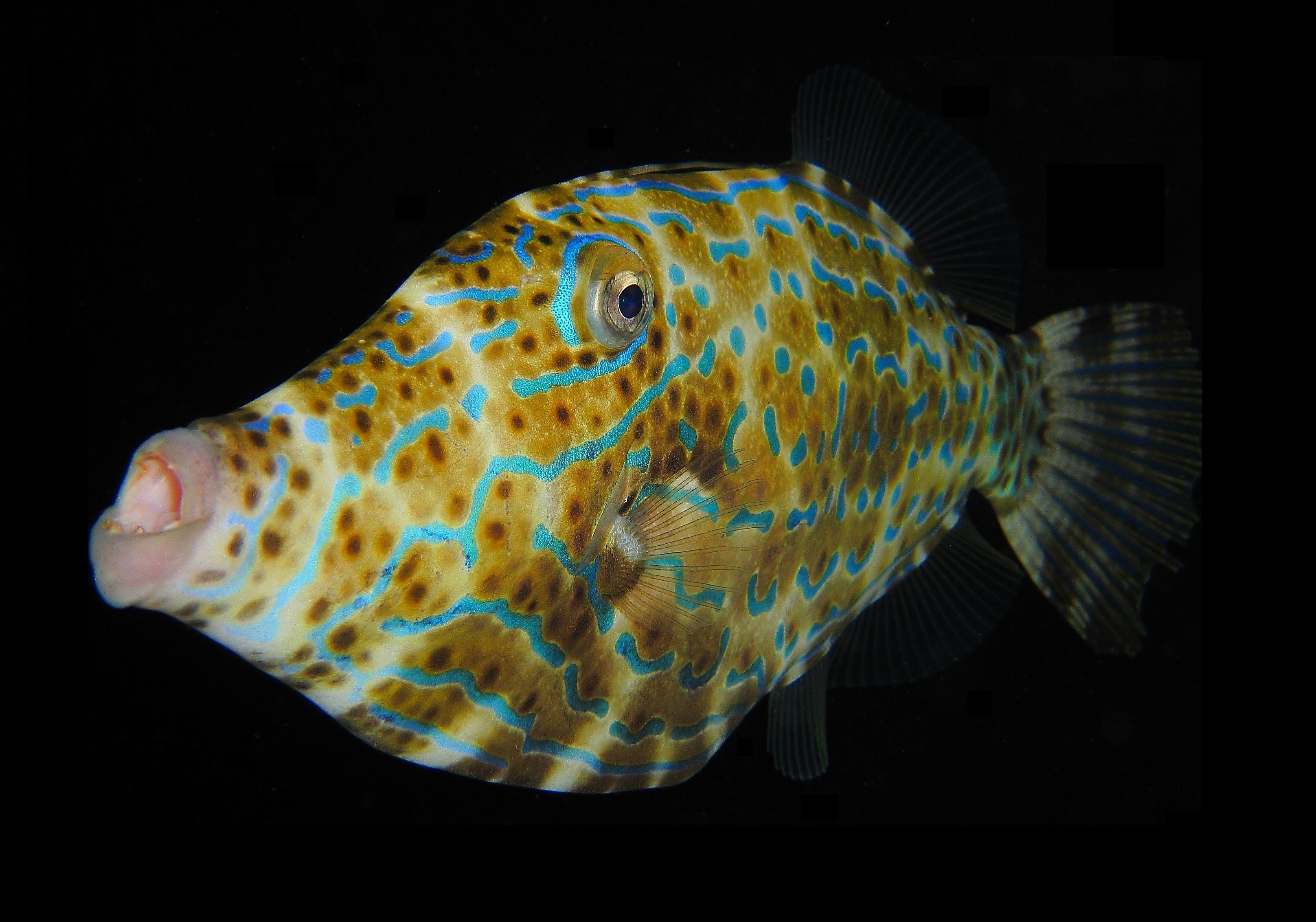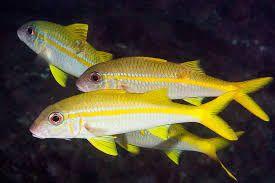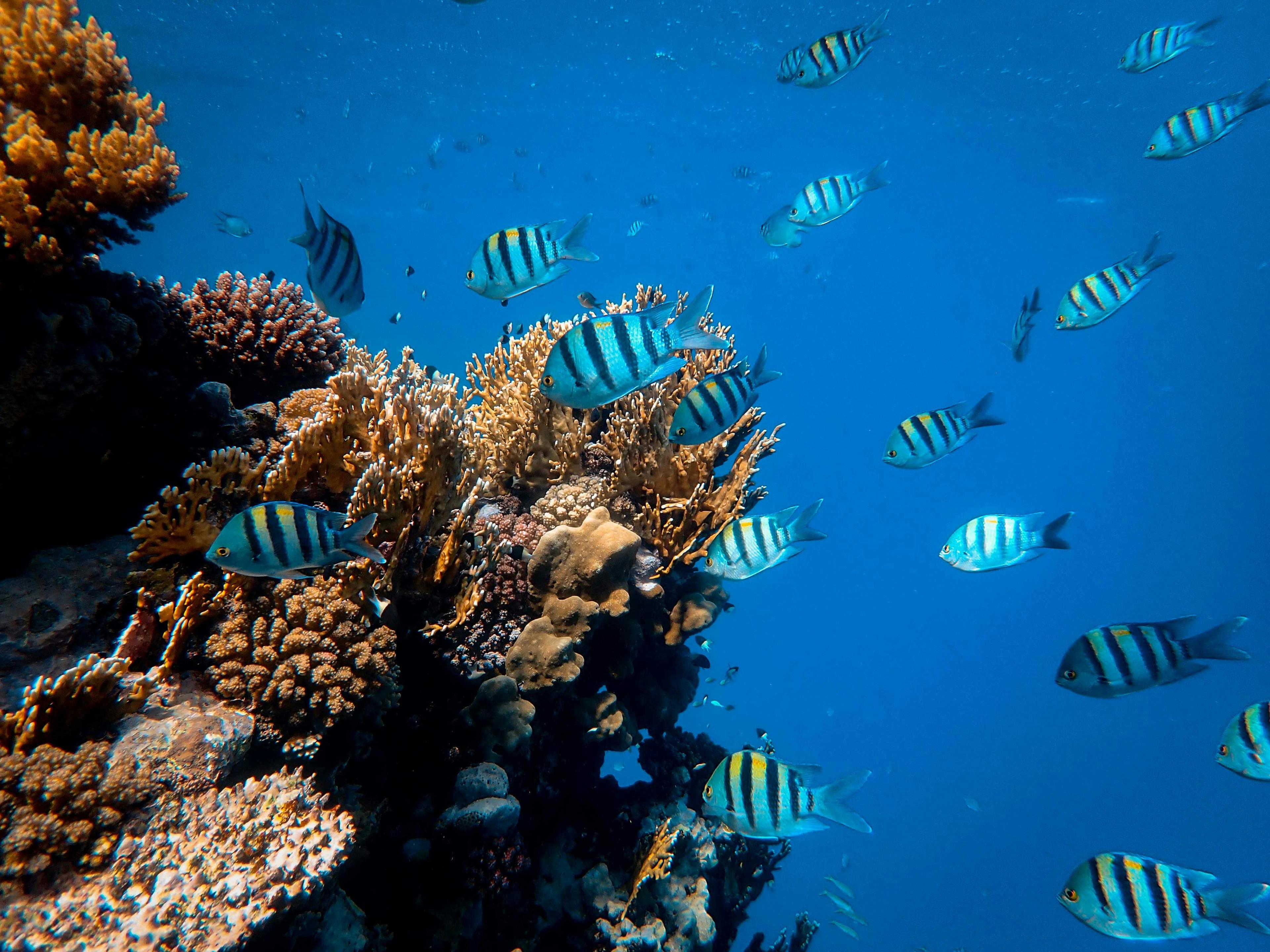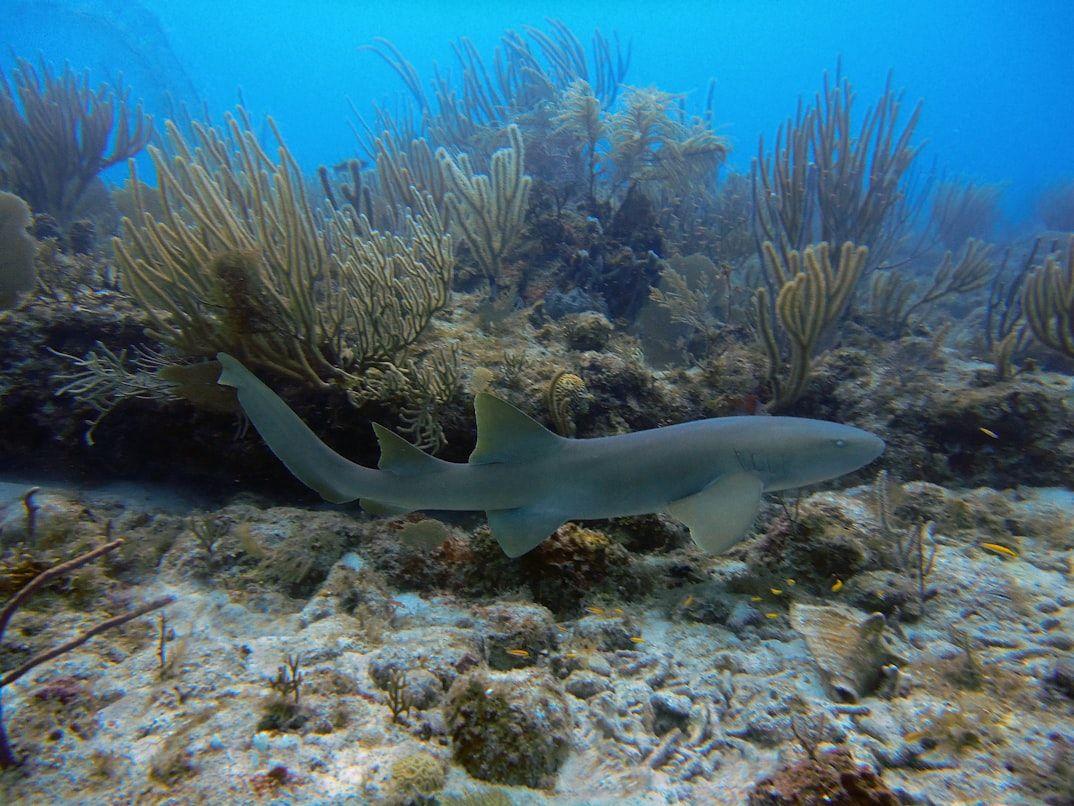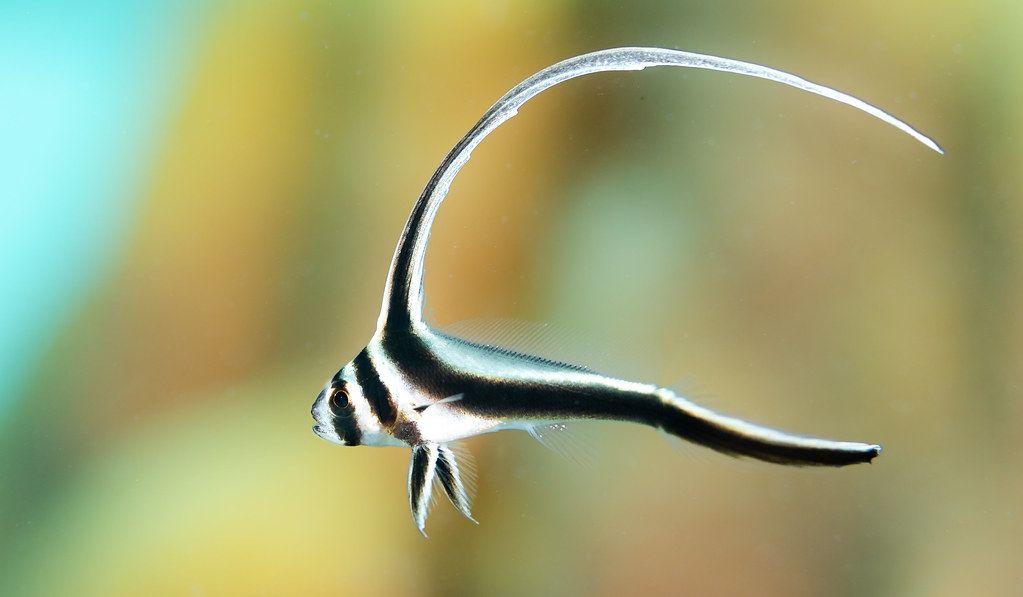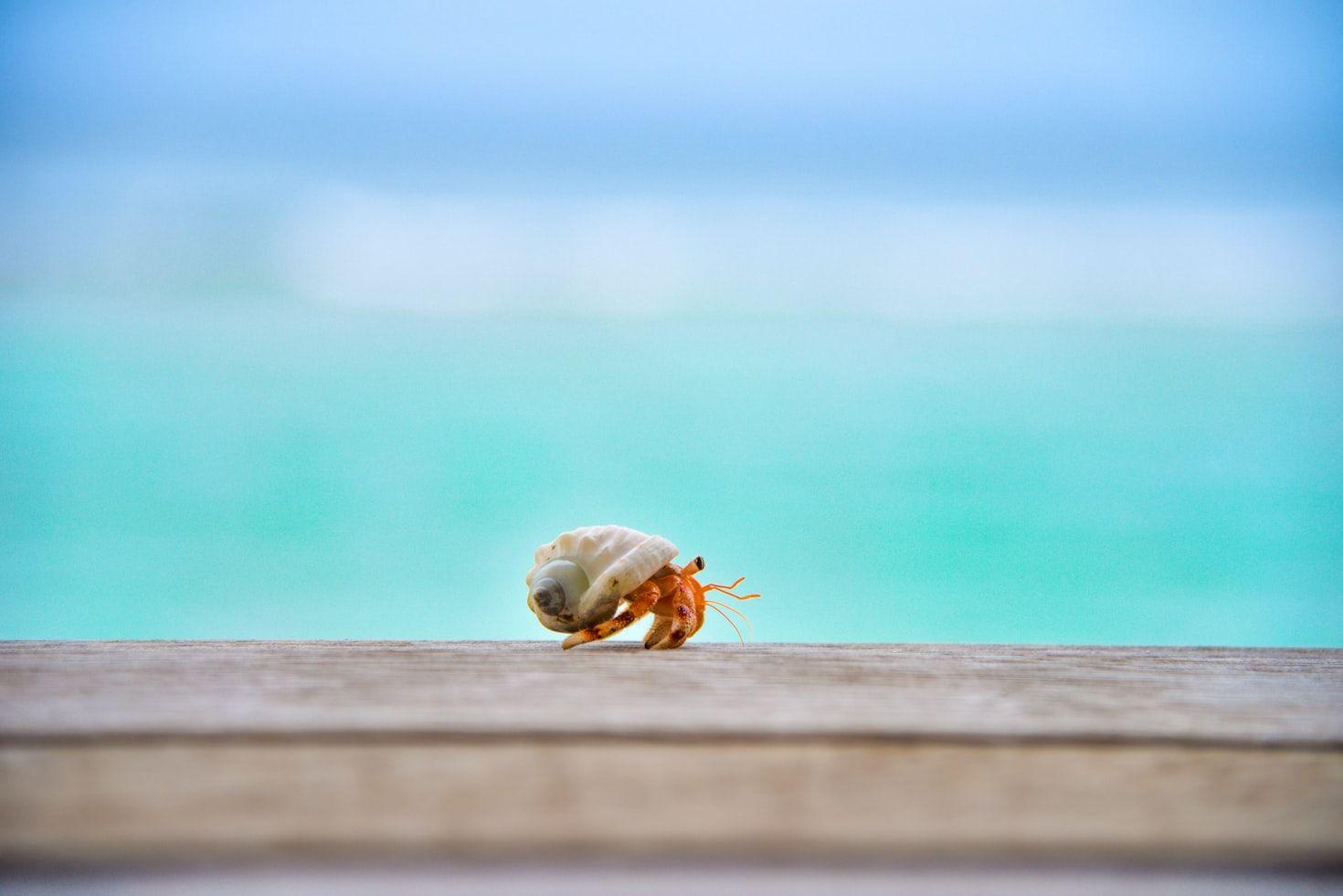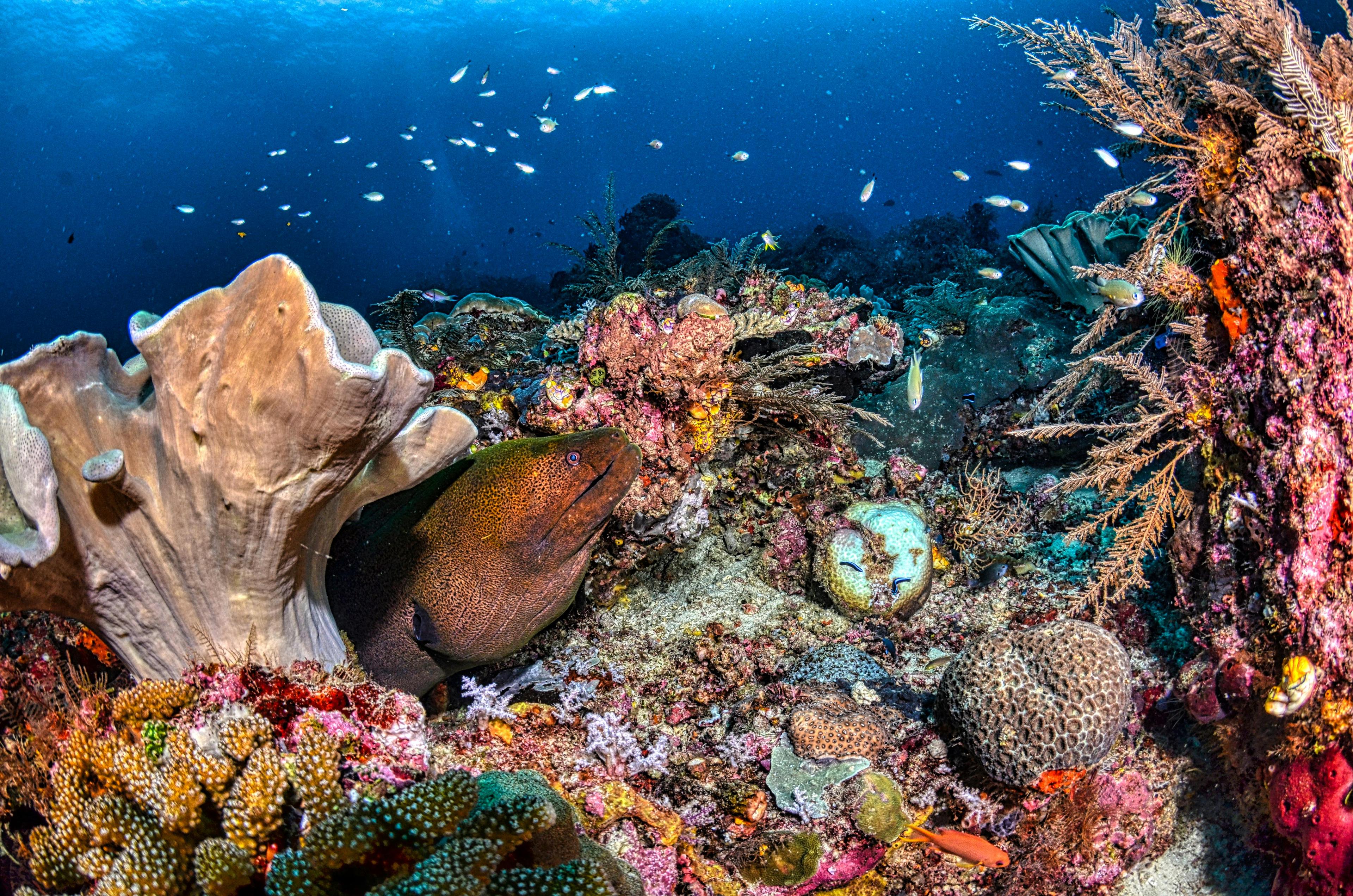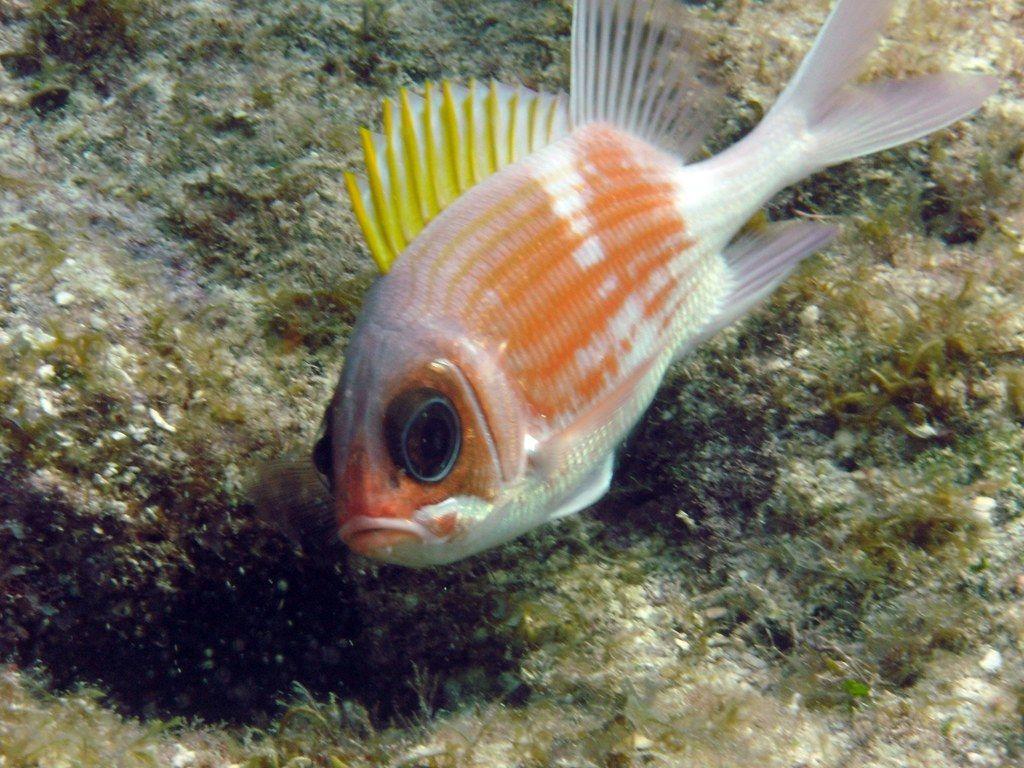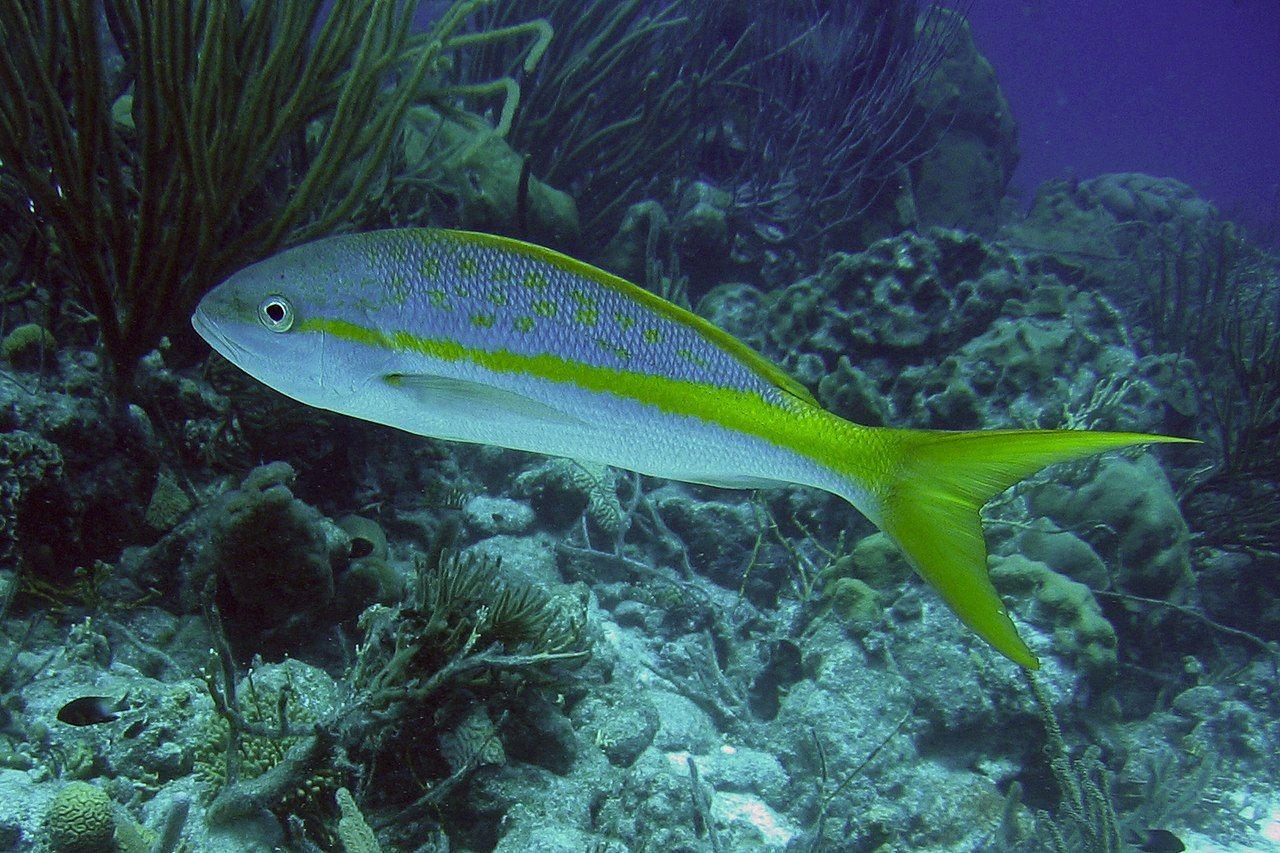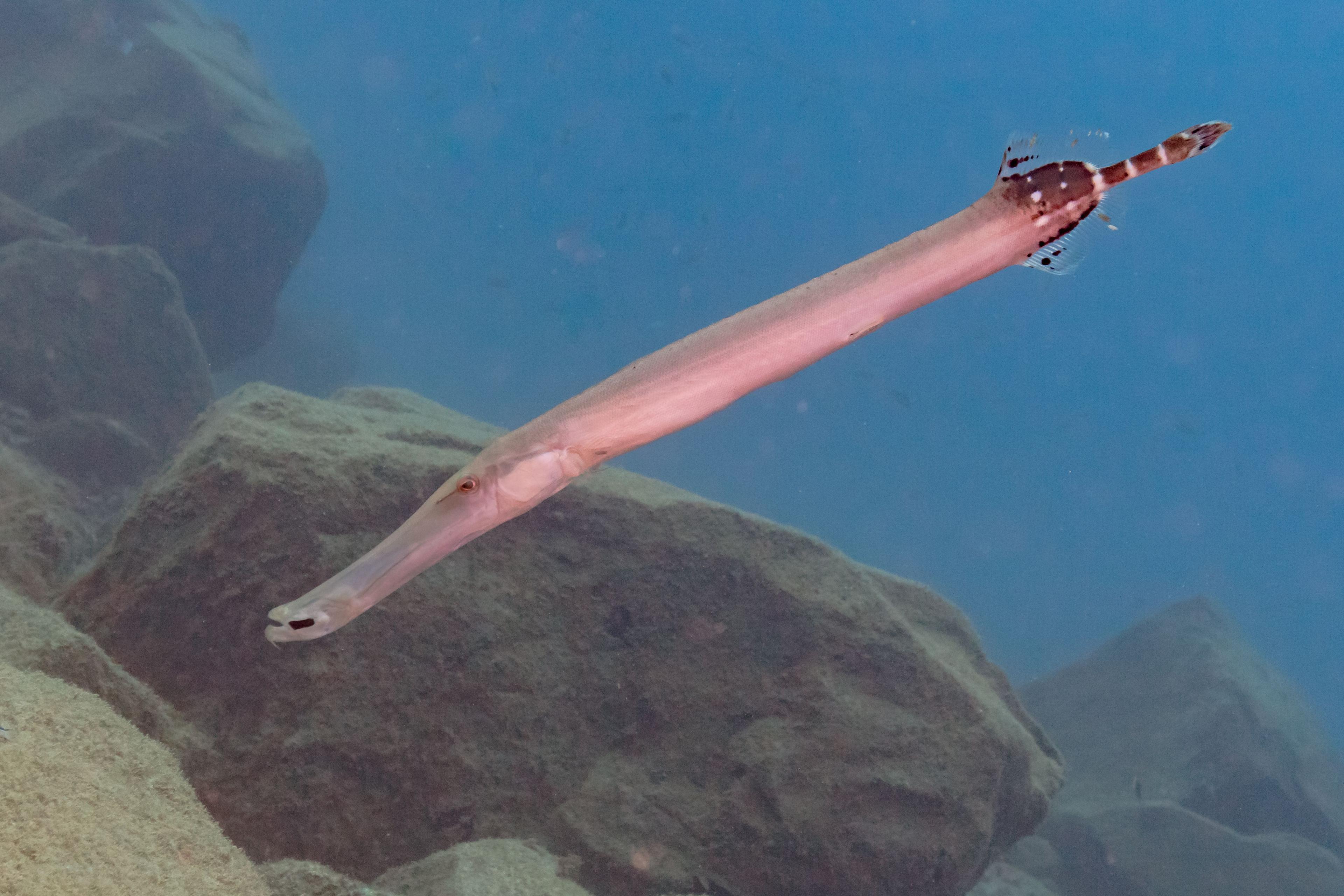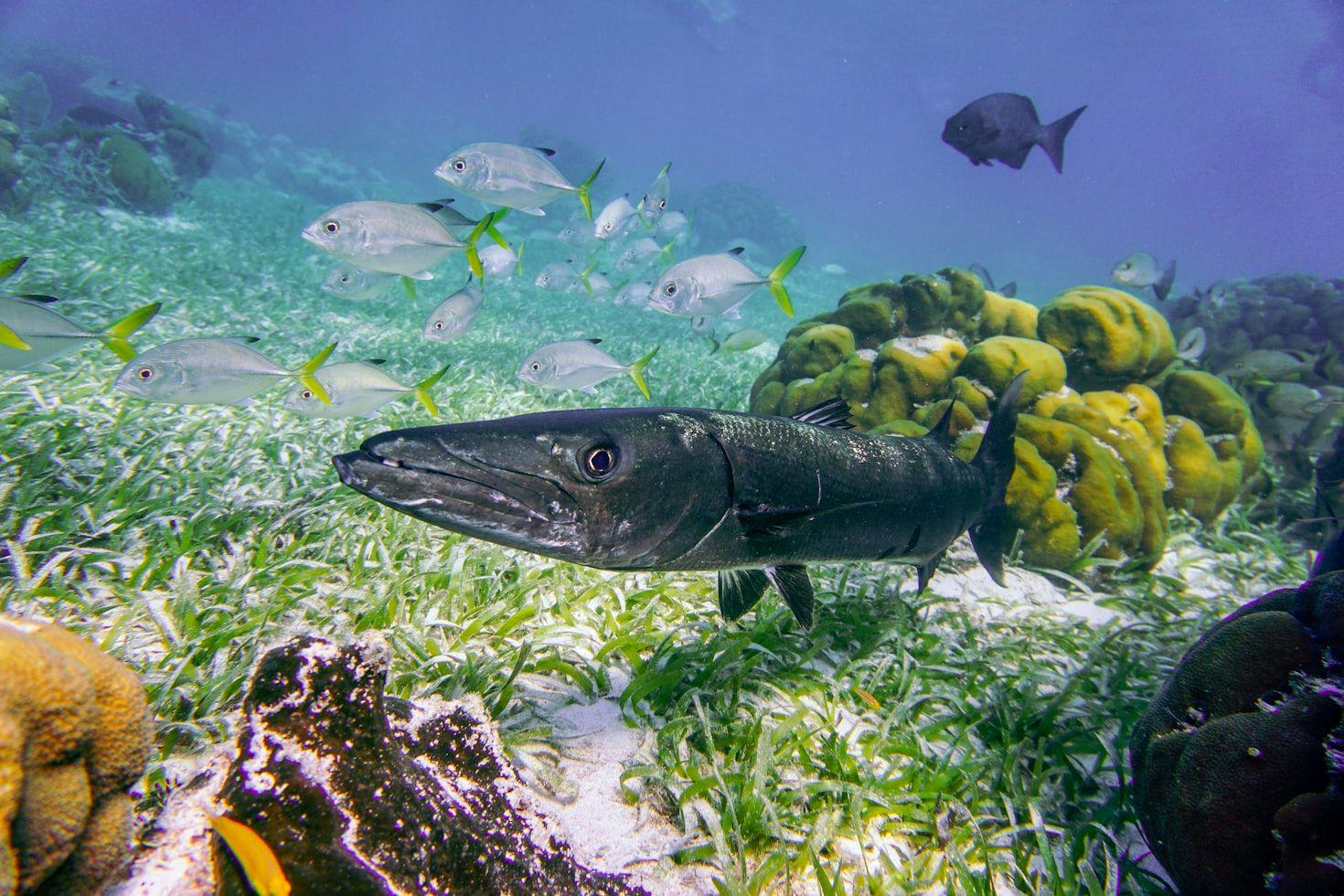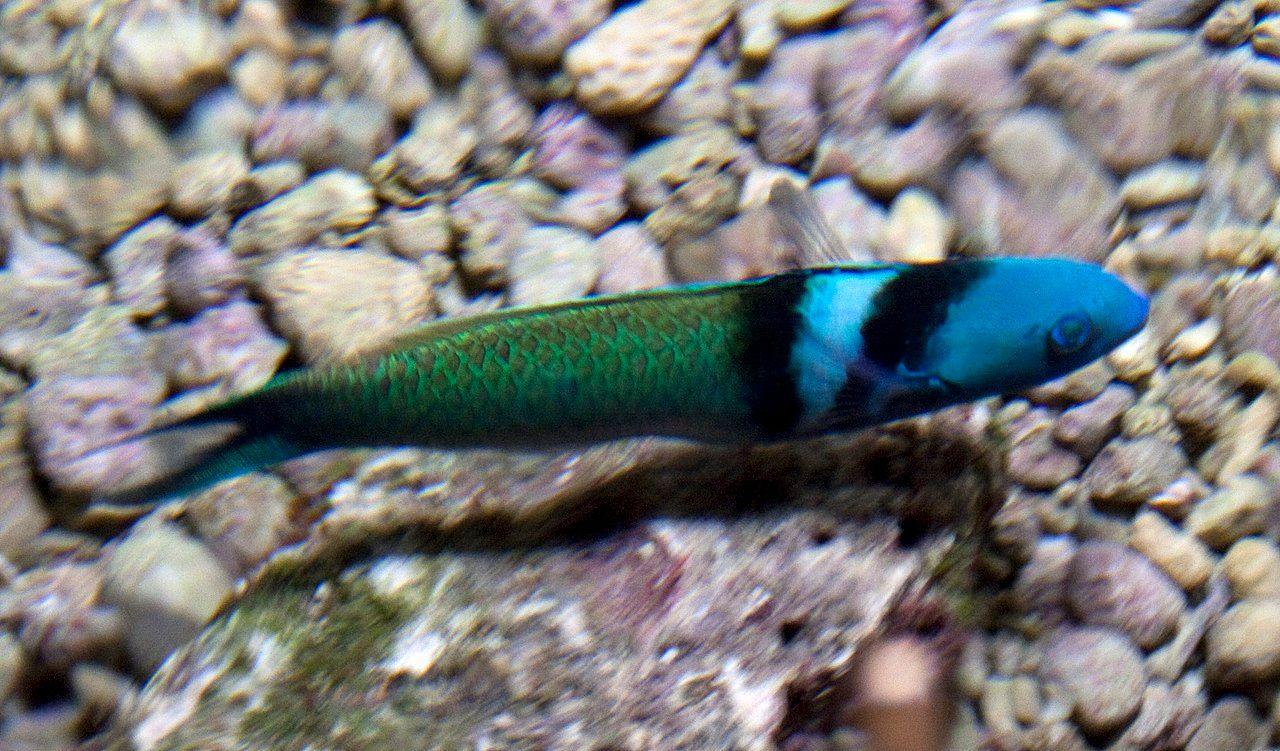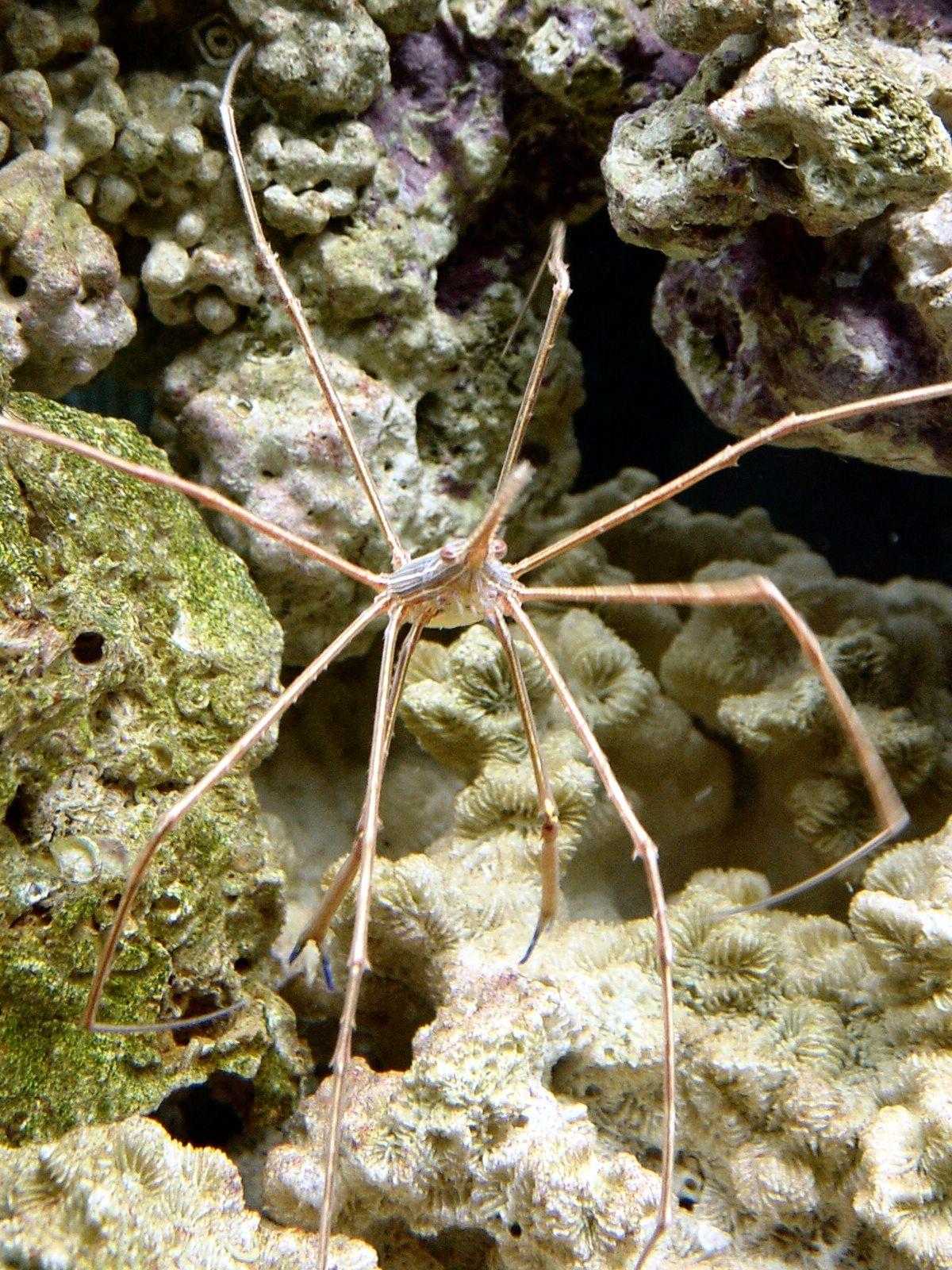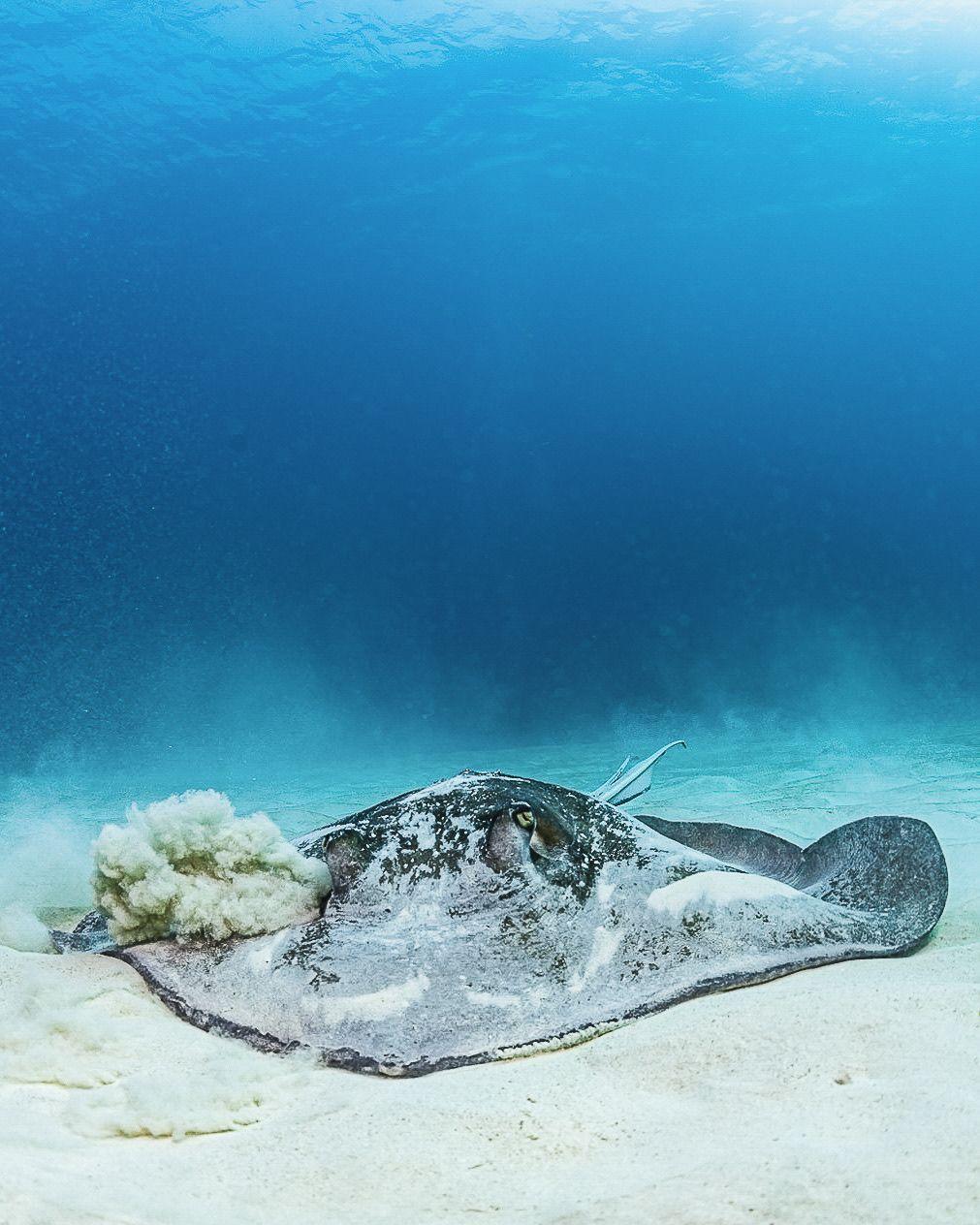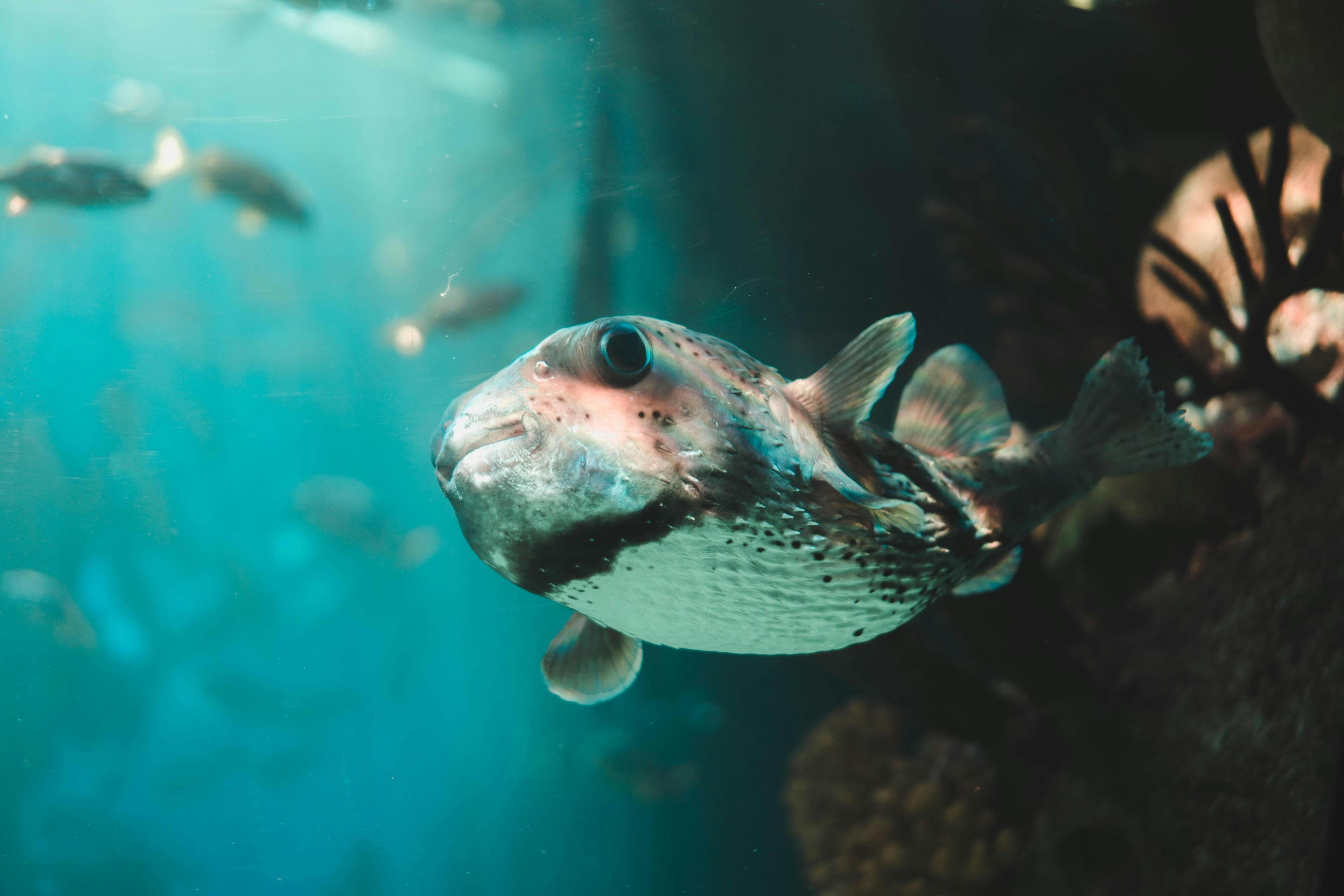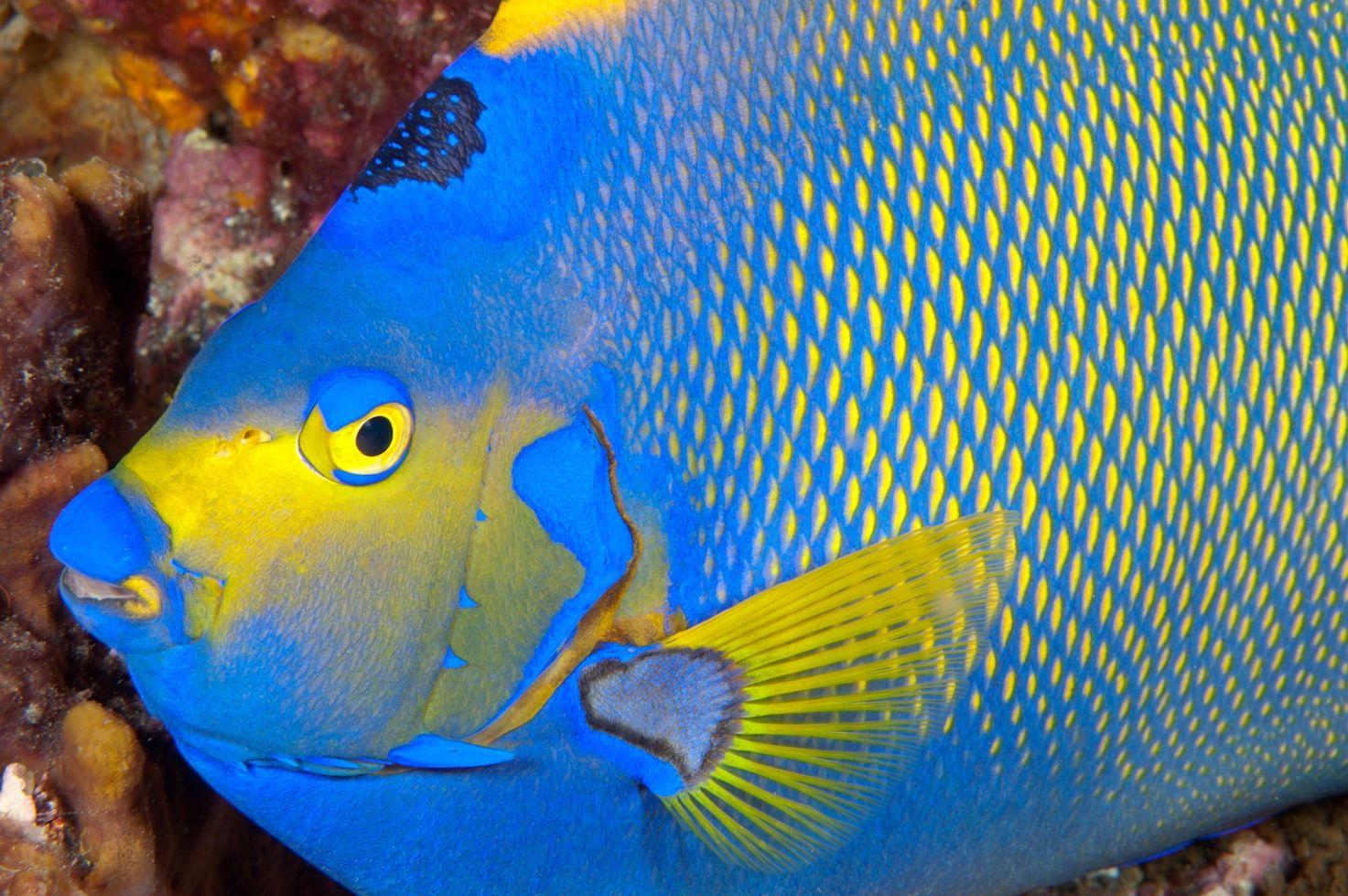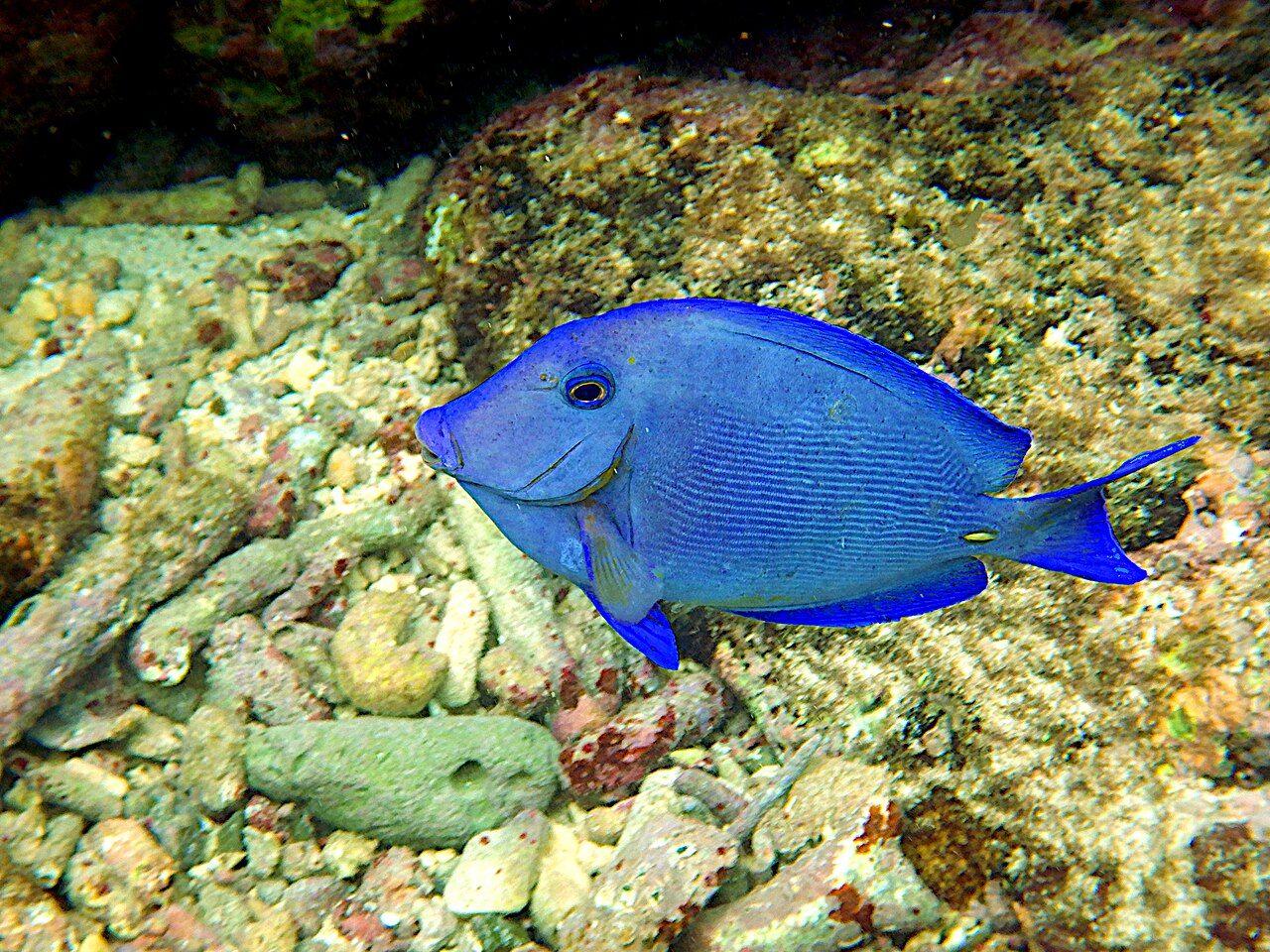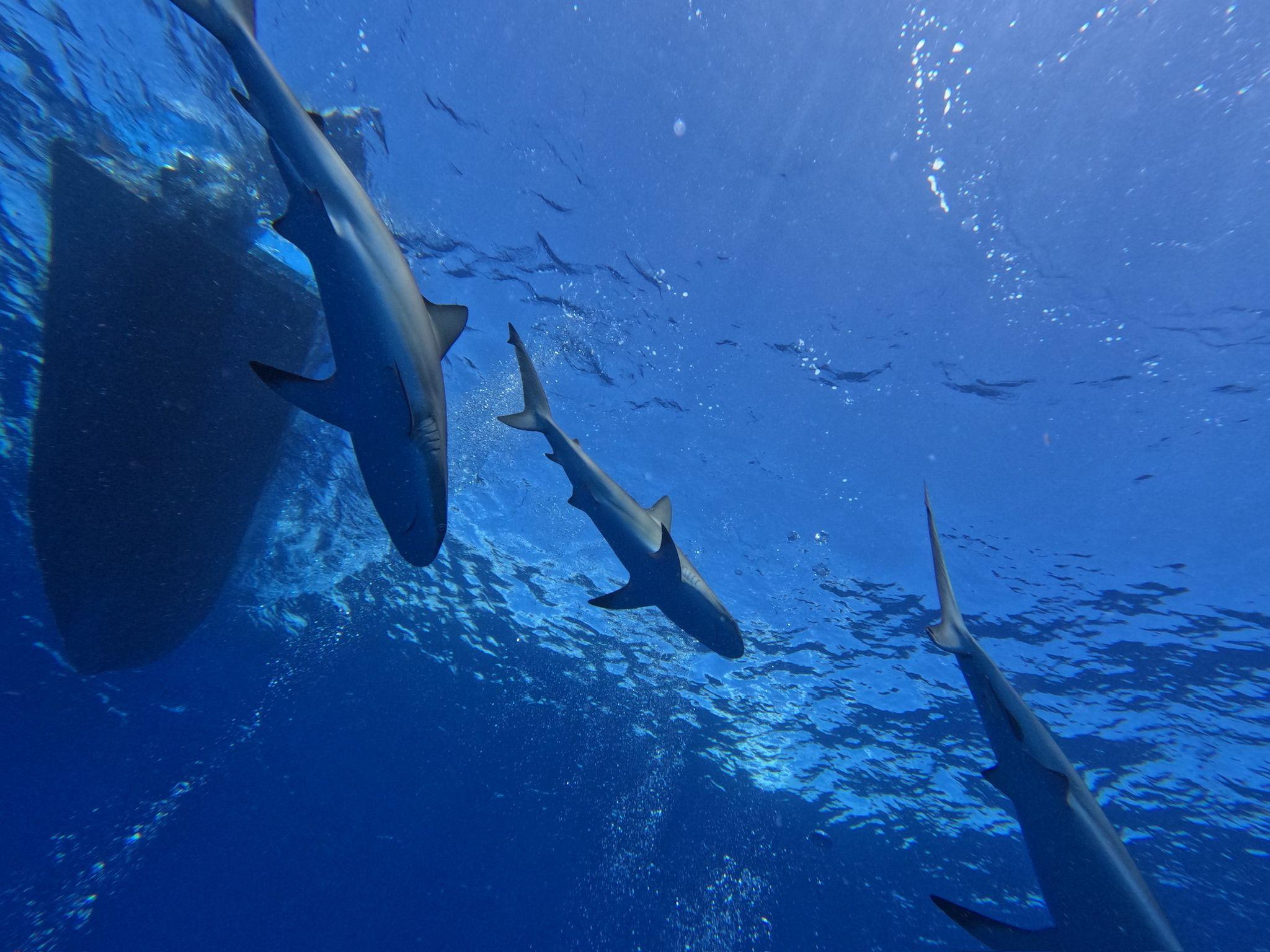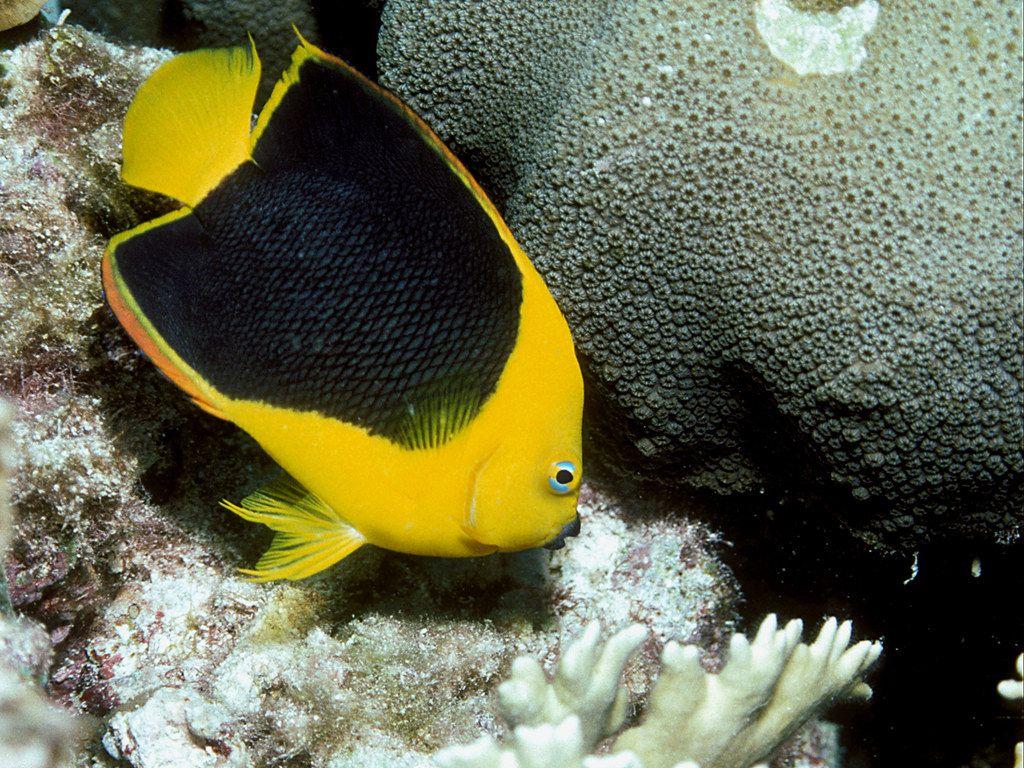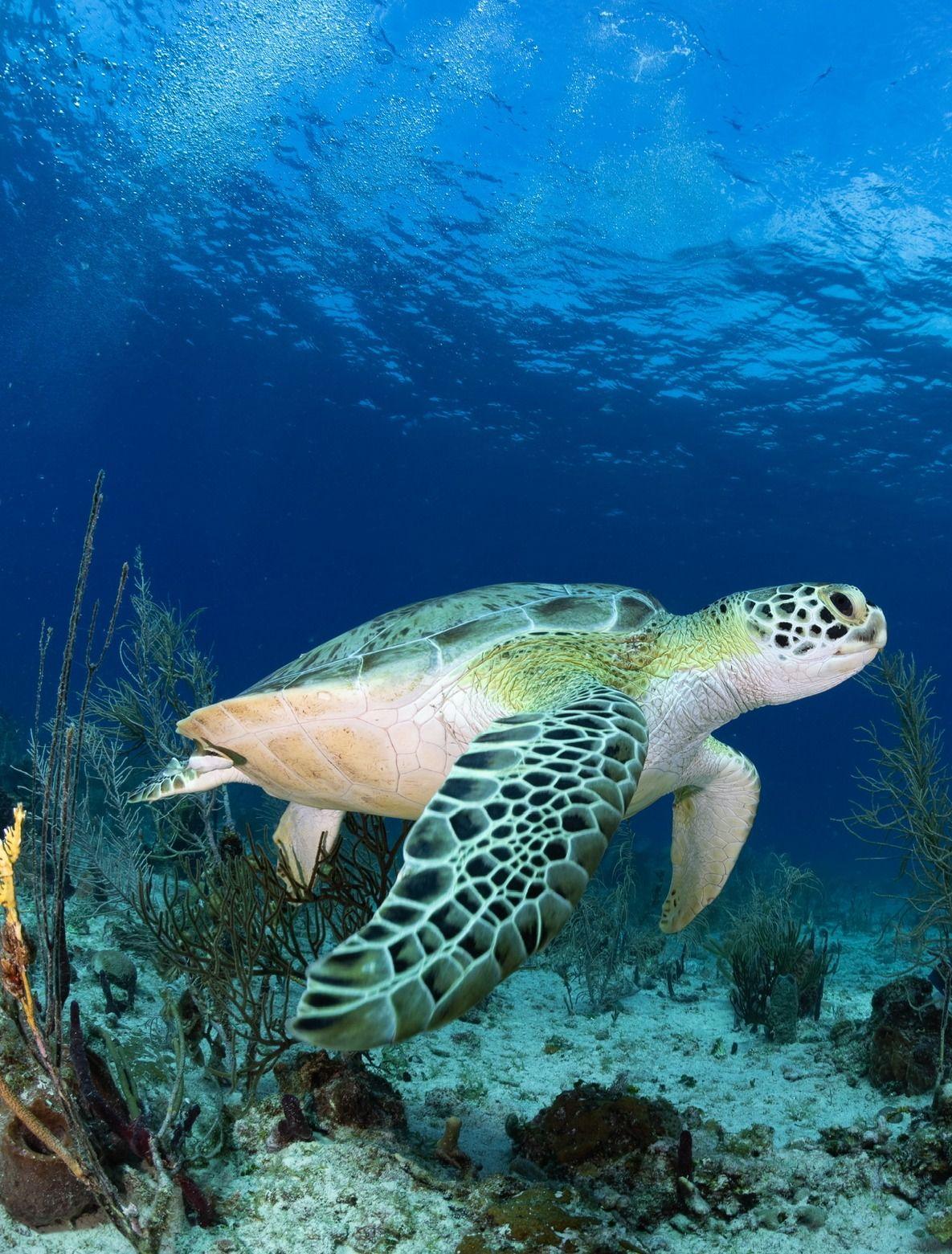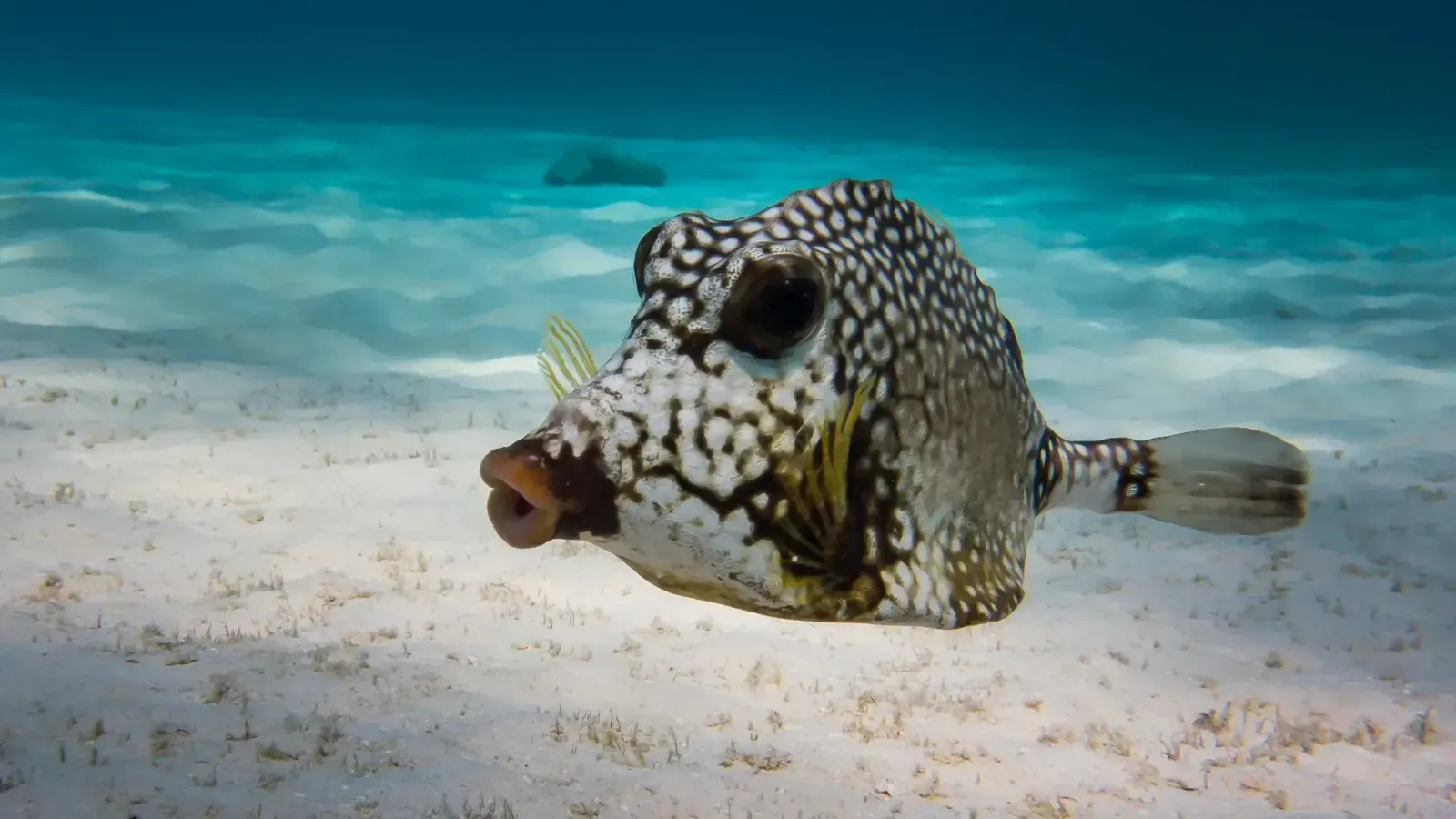
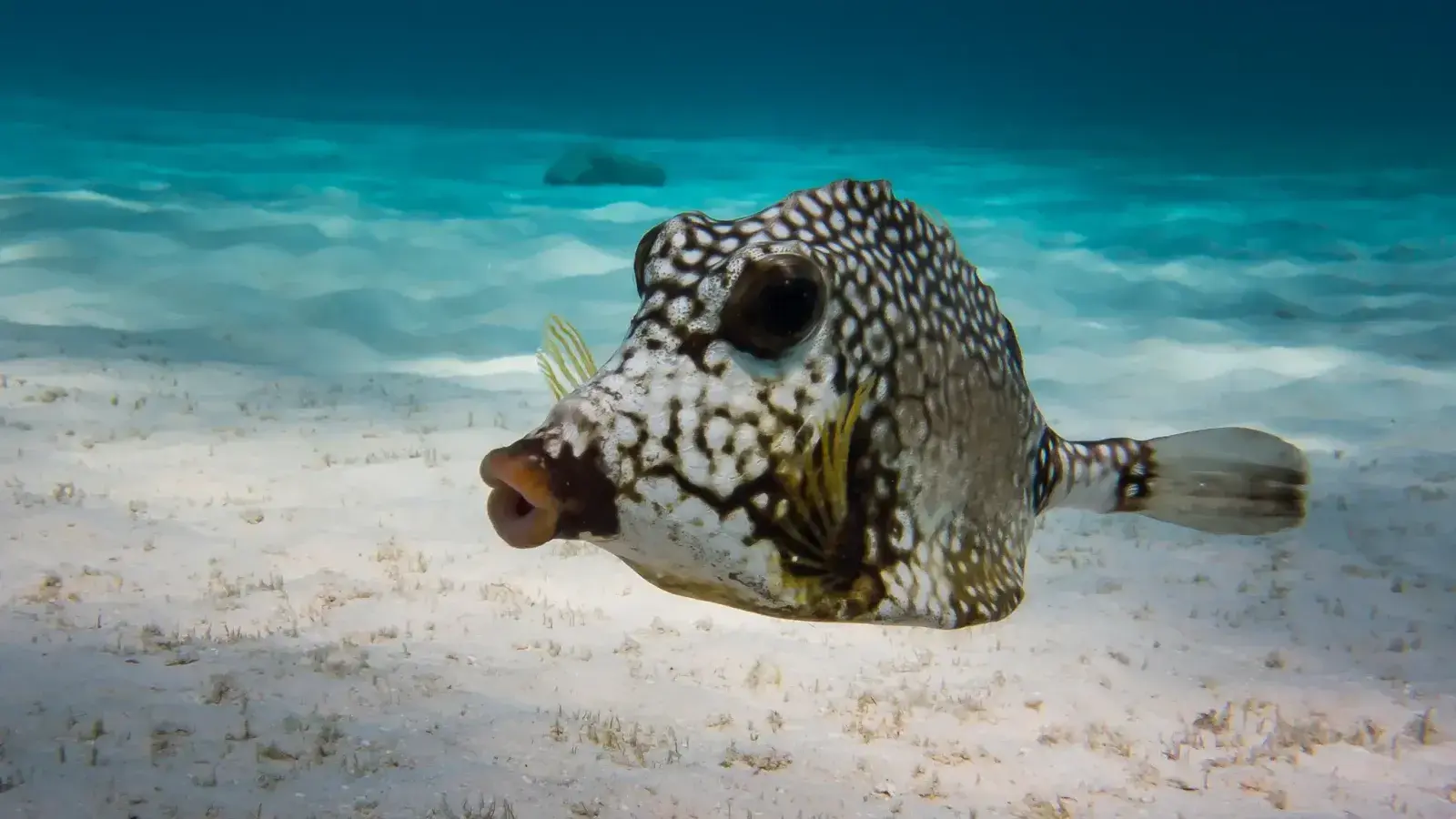
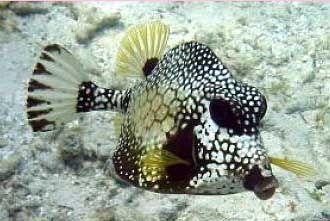

🐡 Trunkfish in Punta Cana: Nature’s Living Armor
If you've ever spotted a small, boxy fish hovering near the reef like a tiny underwater UFO, you’ve likely encountered the charming trunkfish. These quirky fish aren’t the fastest swimmers, but their unique appearance, gentle demeanor, and surprising defenses make them one of the most delightful species to observe during a dive or snorkeling tour in Punta Cana.
🔷 What Is a Trunkfish?
The trunkfish belongs to the boxfish family (Ostraciidae) and gets its name from its rigid, box-like body. Covered in hard, bony plates, trunkfish are shaped like a triangle or a hexagon when viewed from above.In the Caribbean, you’re most likely to encounter:
- Smooth Trunkfish (Lactophrys triqueter) – black and white polka-dotted with a boxy shape
- Spotted Trunkfish – similar, but with more defined markings
- Honeycomb Cowfish – a close cousin with two small horn-like protrusions
They typically grow to 20–30 cm (8–12 inches) and can be found near coral outcrops or sandy bottoms.
🌊 Where to Find Trunkfish in Punta Cana
These solitary, slow-moving fish are commonly found:
- Hovering around coral reefs in shallow to moderate depths
- In seagrass beds and sandy areas where they hunt for food
- Around Cabeza de Toro, Catalina Island, and other popular dive sites
They tend to ignore divers and snorkelers, making them great photography subjects.
🍽️ Feeding Behavior
Despite their armored look, trunkfish are clever hunters. They blow jets of water into the sand to uncover hidden prey like:
- Crustaceans
- Small mollusks
- Worms
- Algae and sponges
Their small mouths and puckered lips are perfectly suited for picking through the reef with precision.
⚠️ A Fish with a Secret Weapon
Trunkfish have a fascinating defense mechanism — when stressed or threatened, they can release a mild toxin from their skin called ostracitoxin. While harmless to humans in the water, this toxin can be fatal to other fish nearby in enclosed spaces (like aquariums), which is why they’re rarely kept in captivity.It’s one more reason to respect marine life and avoid chasing or touching reef species.
📸 Photography Tip
Trunkfish are easy to approach and often stay still long enough for a great shot. Try photographing them head-on to highlight their boxy body and expressive eyes — or capture them side-on to show off their spotted pattern and bright blue lips.
💙 Dive with Us & Discover More
At Grand Bay of the Sea, we love introducing guests to the lesser-known stars of the reef — and trunkfish are always a crowd favorite. Whether you’re an experienced diver or snorkeling for the first time, seeing a trunkfish up close is a reminder of how strange and beautiful the ocean can be.Book a dive or snorkel tour today and explore Punta Cana’s vibrant reef life with our passionate guides!

